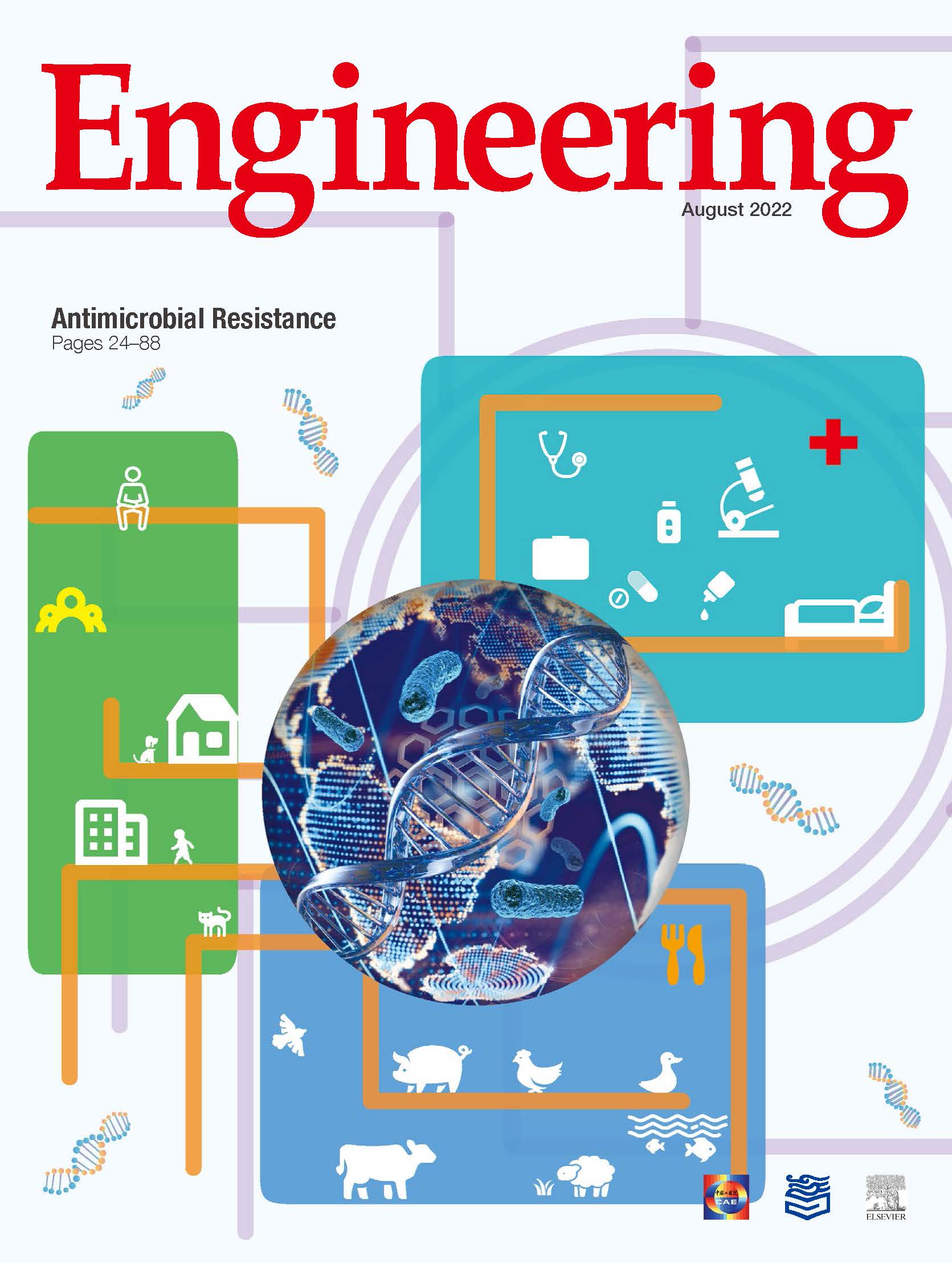
Antimicrobial resistance (AMR) is now considered to be another insidious pandemic and one that is becoming increasingly threatening. The global burden spawned by AMR has been widely reported and includes a large number of deaths and increased economic losses. Since the emergence of AMR can be driven by inappropriate antimicrobial use, and potential transmission of AMR has occurred between human and animals, many countries have tightened regulations on the use of antimicrobials in food systems. Yet there is still a long way to go, especially in low- and middleincome countries (LMICs), and new approaches are needed to further explore the emergence and spread of AMR in both human and animals.
In this special issue, two viewpoints and six articles are presented. These studies acquaint us with novel evidence that reveals the transmission of AMR between humans, animals, and the environment, along with advanced technology that could accelerate further studies on AMR.
Timothy R. Walsh stresses the importance of reducing the inappropriate use of antimicrobial drugs in food systems. Despite the many fruitful efforts that have been made, implementable regulation should be proposed, taking more financial factors into consideration, especially for LMICs. In recent years, China has led the world in these efforts, and monitoring the impact of these moves will be crucial to understanding how similar policies can be enacted. In addition, there is a need for alternative antimicrobials that protect animal welfare and efficient farming but do not risk cross-resistance with the antimicrobials that are crucial for human medicines.
Julian Parkhill reviews studies that focus on the AMR exchange between humans and animals. Although the sharing of AMR bacteria or AMR determinants between humans and animals has been widely observed, some studies still hold an opposite view. To obtain a better understand of AMR transmission, future studies using high-resolution techniques and building on broad and appropriate sampling frameworks are needed. Since different bacteria behave in different ways, different niches of microorganisms should also be taken into account.
Shen et al. present a retrospective cross-sectional study on carbapenem-resistant Escherichia coli (E. coli) (CREC) from humans and the abundance of the carbapenem resistance gene blaNDM from animals in China. Although the use of carbapenem is prohibited in animals, various abundances of blaNDM were found in fecal samples from both chicken and pig farms. Frequent CREC transmission was observed between humans and animals, indicating that further discussion on the use of antibiotics in animals and humans is needed.
Mu et al. examine the emergence, expansion, and genomic epidemiology of ST34 monophasic Salmonella enterica serovar Typhimurium from clinical patients in China. This important Salmonella serovar has been prevalent in China for a long time and become one of the top serovars in China. Different Chinese clones are believed to have been introduced from European clones and to have evolved in multiple pathways with different AMR elements—that is, distributions of mobile elements consisting of plasmids. Due to the potential pig origin of this serovar, a ‘‘One Health” approach should be utilized, from surveillance and clone tracing to intervention strategies.
Zhou et al. investigate the molecular epidemiology of the colistin resistance gene mcr in Laos using a ‘‘One Health” approach. A total of 238 E. coli isolates are isolated from humans, poultry, and the environment, and human rectal swabs show the highest prevalence of mcr. mcr-positive E. coli have been disseminated horizontally in a wide range of hosts and environments, and plasmids containing mcr have been found to be stable and invariably did not exert a fitness effect upon introduction into a new host. The authors believe that a standard infection control program is greatly needed in order to radically decontaminate the source of resistance.
Qu et al. design a rigid antibiotic-delivery system by loading antibacterial agents into silica nanoparticles to combat cytosolic bacterial infections. Rigidity-functionalized nanoparticles (RFNs) coated with bacteria-responsive phospholipids are fabricated to boost endocytosis, resulting in the increased accumulation of intracellular antibiotics. The subcellular distribution of the RFNs is modulated by altering the phospholipid composition on the surface, thereby adjusting the electrostatic effects and reprogramming the intracellular behavior of the RFNs by causing them to accurately target lysosomes. Intracellular redistribution of antibiotics offers a promising strategy for combating intracellular infections—a key issue in healthcare whose solution promises to bring benefits in other areas as well.
Zhang et al. develop highly efficient protospacer adjacent motif (PAM)-expanded Streptococcus thermophilus clustered regularly interspaced short palindromic repeat (CRISPR) associated protein (9St1Cas9) C-to-T and C-to-G base editors for programmed base editing in mycobacteria. Two new base editors (CTBE and CGBE) are developed and characterized in Mycobacterium smegmatis (M. smegmatis); then, CTBE is applied for genome editing in Mycobacterium tuberculosis (M. tuberculosis), a species for which novel therapeutic interventions are urgently needed. These approaches significantly reduce the efforts and time needed for precise genetic manipulation and will facilitate functional genomics, antibioticresistant mechanism study, and drug-target exploration in M. tuberculosis and related organisms.
Han et al. investigate an industrial-scale hydrothermal facility for the treatment of erythromycin fermentation residue (EFR) and evaluate the potential risk that the long-term soil application of treated EFR will promote environmental antibiotic-resistance development. The results show that sub-inhibitory erythromycin levels in soils have a cumulative effect on soil antibiotic resistance genes (ARGs) over time, and emphasize the importance and necessity of long-term monitoring for assessing the risk of soil amendment with treated industrial waste.
This issue reports on the potential threats of AMR to human health and emphasizes that more efforts must be made in the future, based on a ‘‘One Health” perspective, in order to expand our understanding of the field of AMR.













 京公网安备 11010502051620号
京公网安备 11010502051620号




